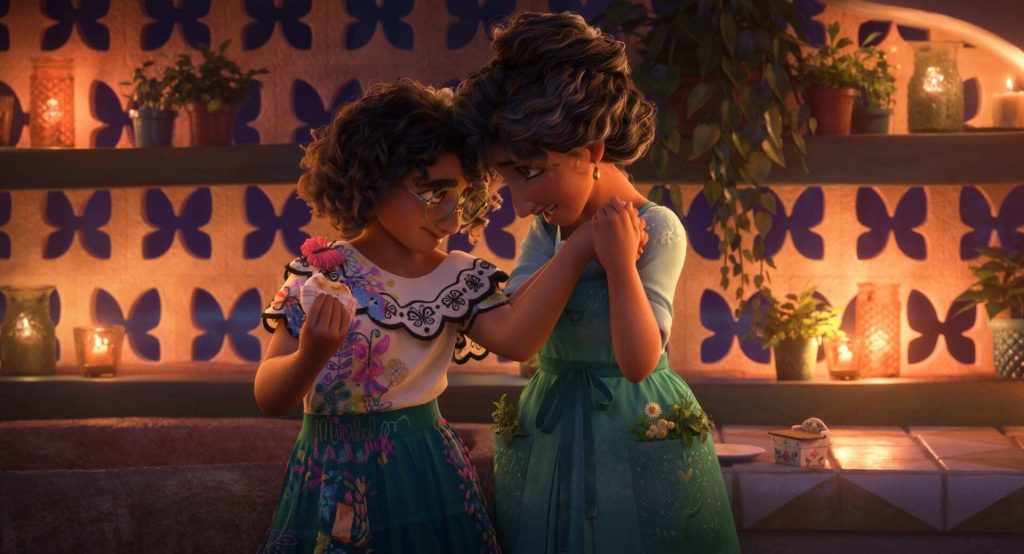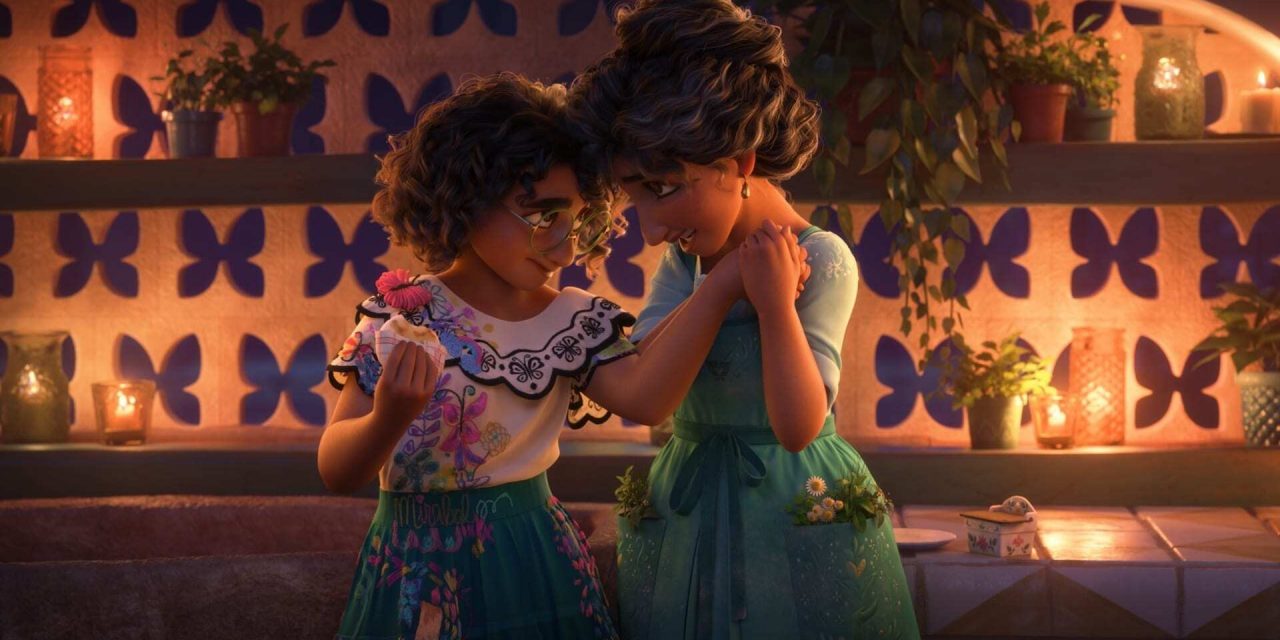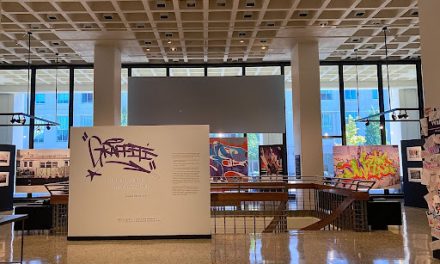As one of the leading companies in the animated cinematic industry, the Walt Disney Company has taken measures to center diversity and inclusion in its recent films. Their movies “Coco” (2017), “Soul”(2020), “Raya and the Last Dragon” (2021) and “Luca” (2021) feature culturally diverse characters as they explore themes like honoring one’s heritage, the meaning of life and the value of education. Furthermore, Pixar has released several short films that promote social awareness, including “Purl” (2018), which explores the importance of inclusion in the work environment.
But why is Disney’s mission to promote representation and share meaningful content in movies for children important? Do audiences even care?
Now more than ever, parents want their children to watch movies that emphasize the importance of inclusion, respect, vulnerability and communication. As a globalized company, Disney has had to expand their content to successfully engage and target a larger and more diverse audience. Most people are tired of watching the same old stories; they are eager for refreshing and relatable content. Refreshing and relatable is exactly what Walt Disney Animation Studios delivered with “Encanto” by immersing audiences of all ages into an emotional and beautiful adventure.
The success that has followed their latest film proves that Disney made the right decision of integrating culturally diverse stories with powerful messages. “Encanto” has exceeded expectations by receiving the Golden Globe for best animated feature film and being nominated for two Oscars. In addition, its single “We Don’t Talk About Bruno” reached number one on Billboard’s Hot 100. The song also passed “Frozen’s” (2013) hit single “Let it Go” on American charts, making it the most played Disney tune.
In addition, “Encanto” made history by becoming the second animated movie to consist of an all Latino cast in Disney’s 85 years of filmmaking, following “Coco” (2017). Directed by Byron Howard and Jared Bush, the film features original music by award-winning playwright and songwriter Lin-Manuel Miranda. With performances by Stephanie Beatriz, Sebastian Yatra, Carlos Vives and Maluma, “Encanto” is a beautiful tribute to Colombian culture and Latin American families.

Courtesy of Disney
The image of a typical American family has changed drastically over the last few decades, resulting in diverse households and communities. Today, many families across Latin America are racially diverse, which “Encanto” accurately represents. The Madrigals are one of the few multiracial Hispanic families featured in an animated movie, creating another beautiful element through which biracial children can feel represented.
“Encanto” shares the story of how Mirabel (Stephanie Beatriz) and her three-generation household face the adversity of losing the miracle that granted them magical abilities. As the plot unfolds, we learn more about the film’s powerful and fantastical characters, who have very human insecurities with which audiences can relate. “Encanto” explores the constant need to please others while suffering in silence, the urge to carry the weight alone, projecting a fake smile to keep up appearances and fearing the possibility of losing your home. These struggles and insecurities reflect the real intergenerational traumas that many families currently face. The film accepts that families are never perfect and are often messy, but that should not stop us from opening our hearts to create a safe and loving home.
A few years ago, it would have been almost impossible to find a Latin family facing relatable fears and struggles on TV in the U.S., much less in a children’s animated film. As a child growing up in the Caribbean, I would have loved to watch a movie featuring a Hispanic girl with a similar background as mine. Representation is more than similar skin color; it’s about culture, language, history, upbringing, values and heritage.
Disney’s mission to create culturally diverse stories proves that inclusion in the cinematic industry is more than having a few diverse secondary characters. True inclusion provides outlets for artists of different backgrounds to share their stories and culture. Furthermore, their productions aim to teach children and remind older viewers that it is better to unite and celebrate our distinctions, especially in times of division and uncertainty. Now is the moment to learn from each other, and what better way to start than by teaching our children the importance of listening to and appreciating different cultures?
María Mendoza (25C) is from San Juan, Puerto Rico majoring in Environmental Sciences on the premed track. Outside the Wheel, she volunteers providing college advising for high school seniors through Matriculate. In her free time, she enjoys watching movies, writing poetry and creating content for her reviewing website "Let's Talk Hollywood!"






